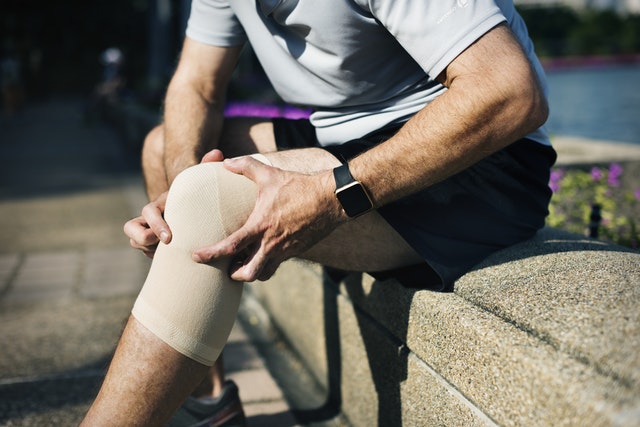
Soft Opening of the Site
2018-09-11
Happy Veterans Day!
2018-11-12A new case just came out last week: English v. Wilkie 2018 U.S. App. Vet. Claims LEXIS 1464. For those that want to read the case opinion, you can find that here. The case primarily focused on how evidence is reviewed and how the Board of Veterans Appeals discusses this review and assigns weight or value to that evidence. The primary question was whether or not the BVA improperly discounted the Veteran’s lay testimony when he talked about the instability he experienced in his knee.
So what was going on? Well, English was seeking a higher evaluation for his service connected knee condition. The VA had provided a few examinations during the period from 2008 to 2010, but the physicians at those medical examinations did not diagnose instability of the knee; it is important to kind of put out there that instability can generally be tested for during examination. Since there was no objective evidence, the VA denied the claim. English appealed this denial.
When English got to his BVA hearing, the board looked at the complaints of instability and that they would put “emphasis” on the objective medical evidence in the record. The problem was, however, that BVA failed to provided analysis and on why they gave such emphasis. BVA seemed to put forward that only objective evidence would satisfy the requirement of instability under DC 5257. This was not found to be the case. The Court kindly scolded the Board for “consideration of factors which are wholly outside the rating criteria provided by the regulations is error as a matter of law.”
The Court then proceeded to reverse the Boards decision and remand the case back with a finding that “objective medical evidence isn’t required to establish lateral knee instability under [diagnostic code 5257].” The Court reasoned that regulation itself did not require objective evidence and BVA could not just read that evidence standard into the statute. If it was supposed to be there, then Congress could have put it there.
Alright, so now we know that objective evidence of instability is not required. Does this mean that we can or should just go out and claim the instability supported by lay evidence? Well, you could – but there are problems.
The Court took time to point out that BVA had the ability to determine whether or not there was competent evidence of the instability. It’s very likely that any adjudicator could find that the objective medical evidence of record, testing, and examination from the physician would be of greater probative value. This would essentially just negate the value of the lay testimony and the examiner’s findings would probably stand.
Taking it all in, the decision was decent. To me, it gives more credence and insight to taking in non-objective evidence. Most of the diagnostic codes do not dictate what type of evidence, so what someone might be competent to report could be a little more useful. Unfortunately, I wouldn’t expect too many people to utilize this in their decision making.


